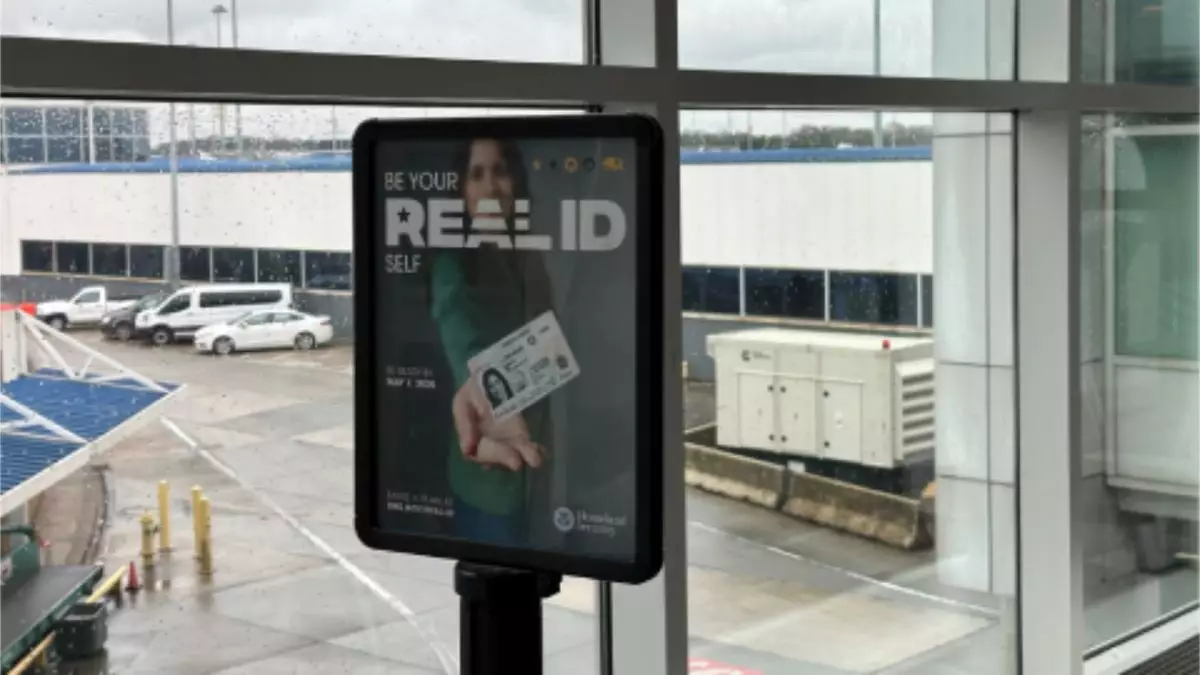As the Transportation Security Administration (TSA) ramps up preparations to enforce Real ID requirements at airport checkpoints, travelers need to be aware of the implications this holds for air travel and access to federal buildings and military bases. Beginning May 7, 2023, the TSA will start to phase in these regulations, a decision that highlights the federal government’s ongoing mission to enhance security standards. Full enforcement of Real ID compliance will be required by May 5, 2027, marking a significant transition in identity verification processes at secured locations.
A Phased Implementation Approach
The TSA’s decision to use a phased approach for implementing the Real ID regulations offers a modicum of flexibility for travelers who may not yet possess a compliant form of identification. According to TSA spokesperson Carter Langston, while there are no concrete plans yet for the specific details of the phased enforcement, a strategy will be made public before the enforcement deadline. This gradual rollout underscores a recognition of the operational challenges that such a significant change entails. The intention is to minimize disruptions at security checkpoints, mitigating potential bottlenecks stemming from passengers lacking the necessary identification.
Developed in the wake of heightened security concerns post-9/11, the Real ID Act was enacted by Congress in 2005 to ensure that all state-issued identification cards meet stringent security criteria. Despite its well-intentioned foundation, the rollout of the Act has faced numerous delays, leading to a situation where, as of January 2024, only 56% of state IDs across America are compliant with Real ID standards. This discrepancy raises questions about public awareness and preparedness in regards to the impending changes.
Your Responsibility as a Traveler
It is crucial for travelers to take proactive steps in ensuring that their identification is aligned with the new regulations. TSA Administrator David Pekoske stresses the importance of Real ID compliance, encouraging individuals who primarily use state-issued ID for air travel or federal access to evaluate their credentials ahead of time. Engaging with state licensing jurisdictions and public outreach initiatives are vital components in facilitating a seamless transition to these enhanced security measures.
Passengers should also be aware of the potential ramifications of not having a Real ID when arriving at airport checkpoints. While the TSA aims to ease the path for those without compliant IDs, there is a risk that such individuals could inadvertently create delays in security lines. Langston’s comments highlight the necessity for public engagement to ensure that travelers are prepared and informed, thereby maintaining an efficient airport screening process.
As we approach the enforcement deadline for Real IDs, it is essential for individuals to stay informed and proactive in adapting to these evolving security regulations. Ensure your identification meets the requirements to avoid delays and inconveniences during your travels. The TSA’s commitment to smoothing this transition reflects a broader goal of public safety and efficiency within the federal transportation system, marking a pivotal moment in the history of American identity verification.


Napsat komentář